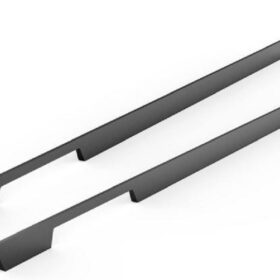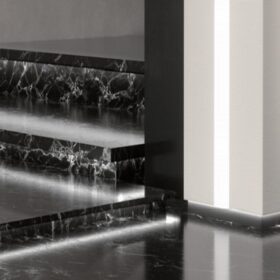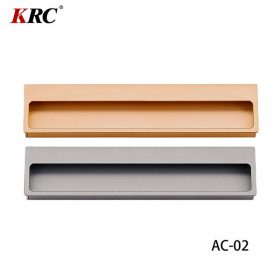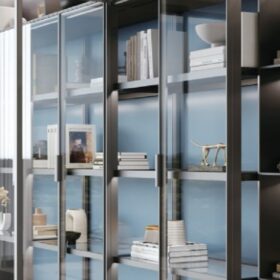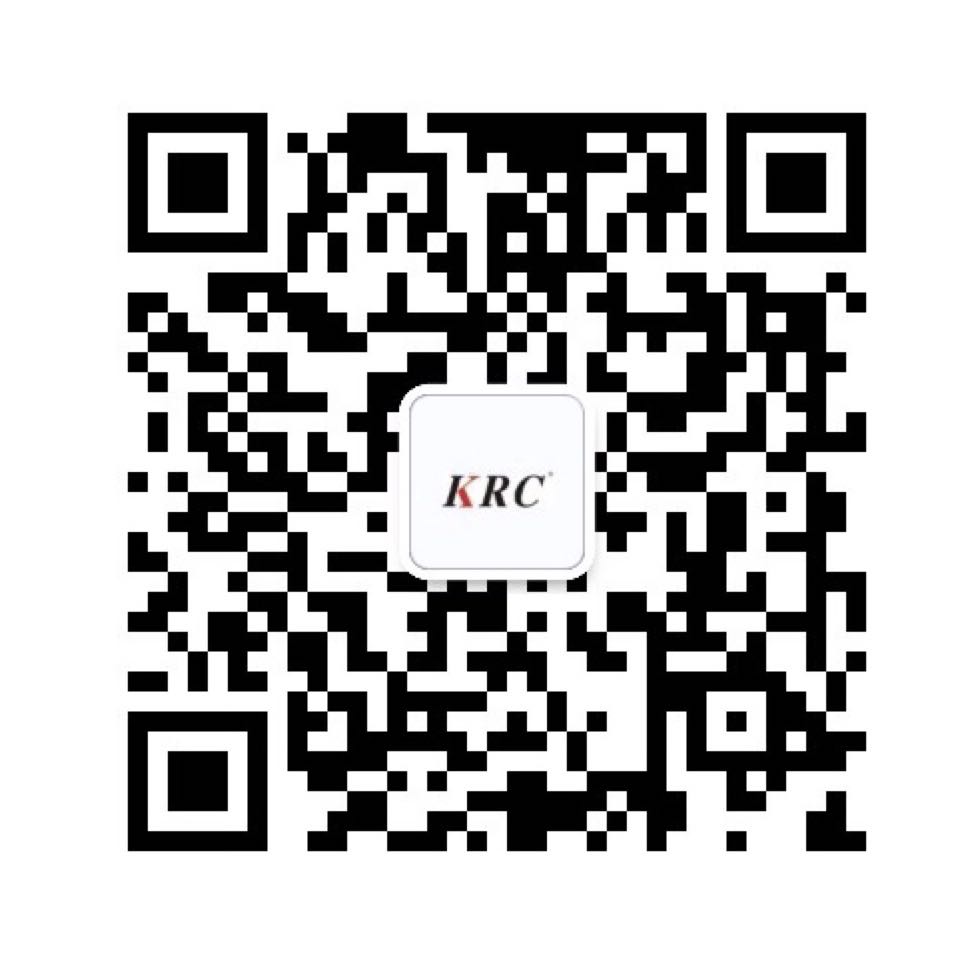The Future of Circular Aluminum Profile Design and Innovation
In a world increasingly driven by sustainability, the future of design and innovation lies intertwined with circularity. Aluminum profiles, long a cornerstone of architectural and industrial applications, are poised to undergo a transformative evolution towards circularity. This article delves into the frontiers of circular aluminum profile design and innovation, exploring its potential to revolutionize industries, reduce environmental impact, and create a sustainable future.
Embracing a Circular Economy
Circular aluminum profile design embodies the principles of a circular economy, where materials are reused, recycled, and repurposed to minimize waste and maximize resource utilization. This approach challenges traditional linear production models that contribute to resource depletion and environmental degradation. By adopting circularity, the aluminum industry can transition away from a take-make-dispose mindset and embrace sustainability as a guiding principle.
Design for Dematerialization
One key aspect of circular aluminum profile design is the concept of dematerialization. By optimizing material usage and reducing component weight, designers can minimize the environmental footprint of aluminum profiles. This involves using advanced techniques such as topology optimization, generative design, and lightweight material structures. By eliminating unnecessary material while maintaining structural integrity, dematerialization reduces resource consumption and emissions associated with production.
Innovative Joining and Assembly
Circular aluminum profile design also emphasizes innovative joining and assembly methods. Traditional welding and bolting techniques can create material inefficiencies and limit the recyclability of profiles. By exploring alternative joining technologies, such as press-fit connections, snap assemblies, and adhesive bonding, designers can facilitate disassembly and reuse. These methods enable the easy separation of components, allowing for the efficient recovery of valuable materials post-use.
Advanced Material Recovery
The future of circular aluminum profile design is inseparable from the advancement of material recovery technologies. Innovative recycling processes, such as direct melt furnace recycling and electrochemical extraction, offer promising avenues for recovering aluminum from used profiles. By enabling the efficient and cost-effective extraction of high-quality aluminum, these technologies close the loop and reduce the need for primary aluminum production, further reducing the industry’s environmental impact.
Conclusion
The future of circular aluminum profile design and innovation holds immense promise for sustainability and industrial progress. By embracing a circular economy, optimizing material usage, adopting innovative joining methods, and advancing material recovery techniques, the industry can create a more sustainable future for generations to come. Circular aluminum profiles will be instrumental in reducing environmental impact, promoting resource efficiency, and driving the transition towards a more responsible and environmentally conscious built environment.
-
2024-09-14Exploring the Different Types of Modern Closet Door Pulls and Their Applications
-
2024-09-14How Cabinet Door Pull Handles Support High-Traffic Areas
-
2024-09-06Cost-Benefit Analysis of Investing in High-Quality Long Wardrobe Door Handles
-
2024-09-04How Flat Cabinet Handles Enhance Modern Interior Design
-
2024-11-29Top Trends in Modern Kitchen Cabinet Pulls for 2024
-
2024-11-28The Ultimate Guide to Modern Kitchen Cabinet Pulls- Materials, Styles, and Tips
-
2024-11-27Elevate Your Kitchen Design with These Must-Have Modern Cabinet Pulls
-
2024-11-26Sleek and Stylish- The Best Modern Kitchen Cabinet Pulls for a Contemporary Look

